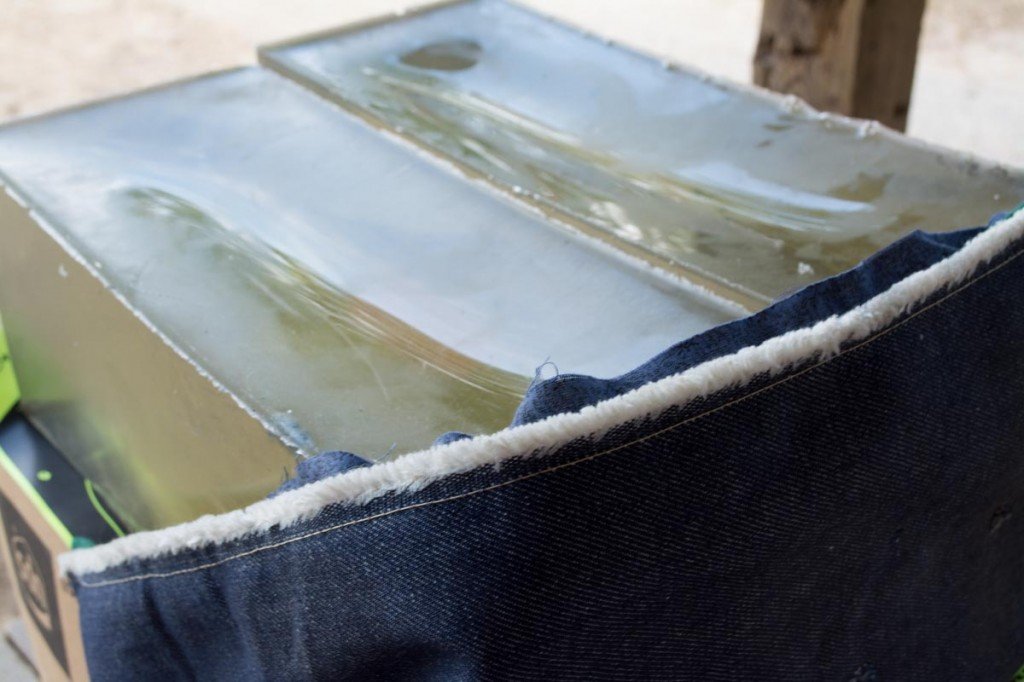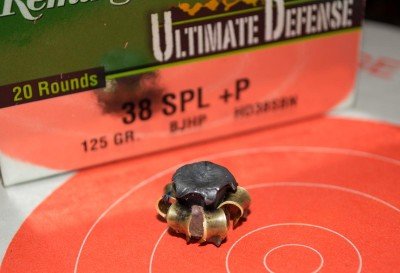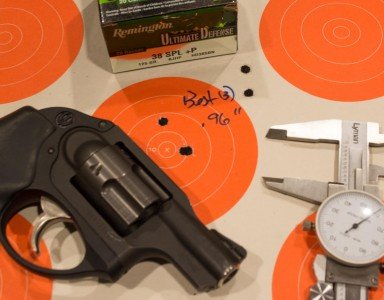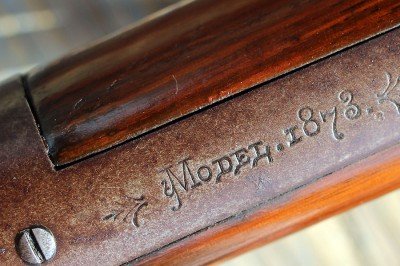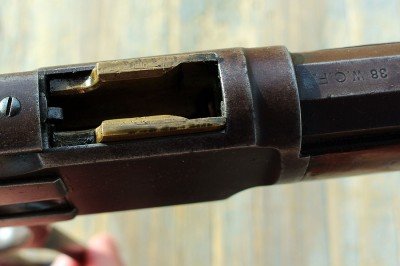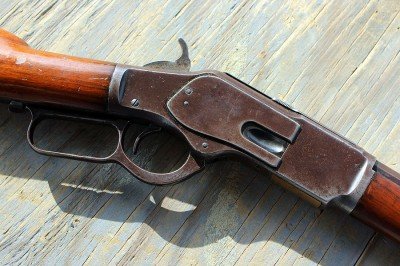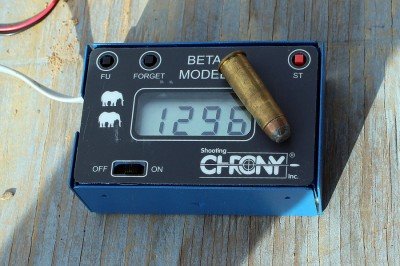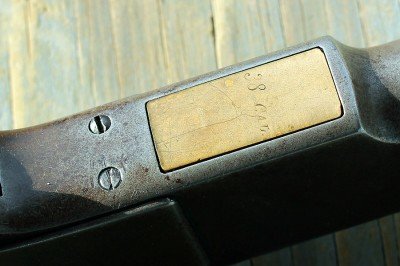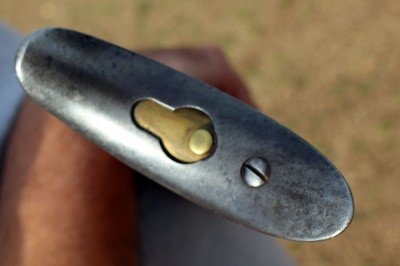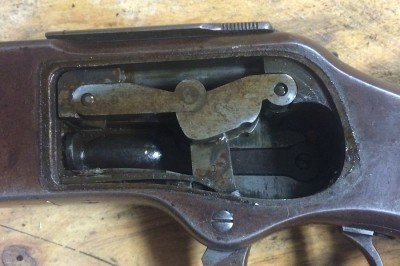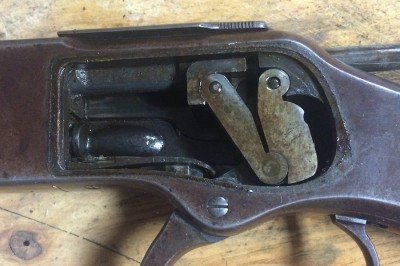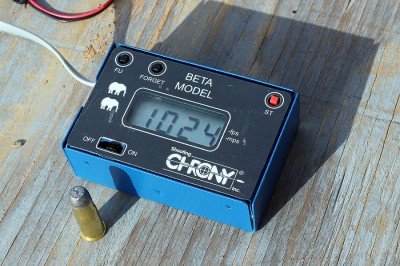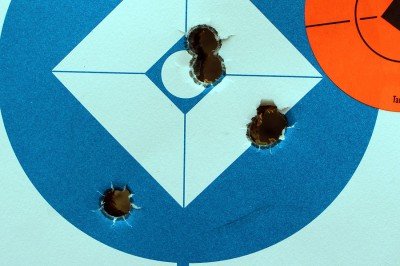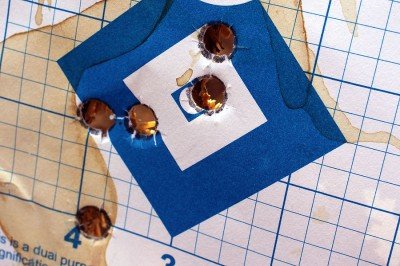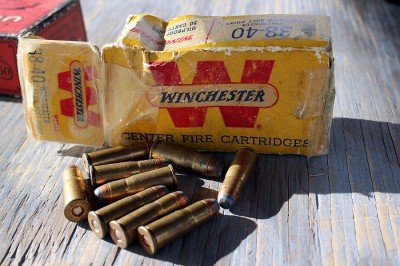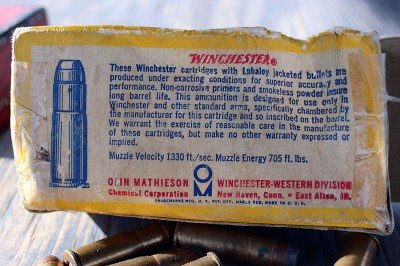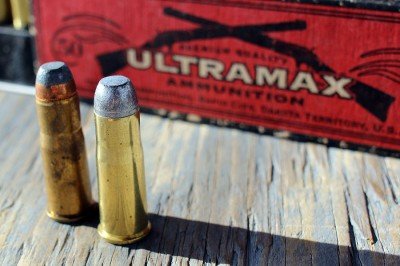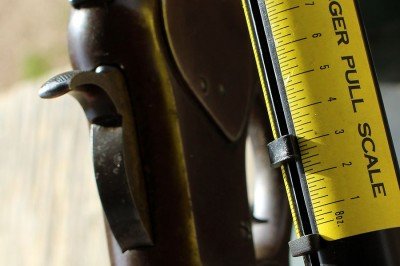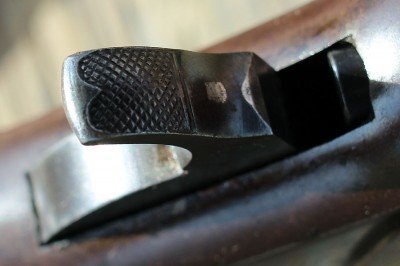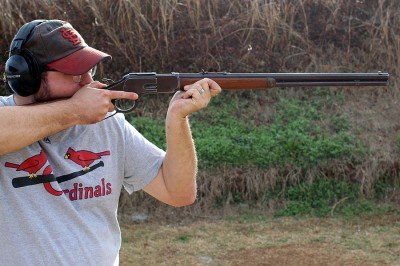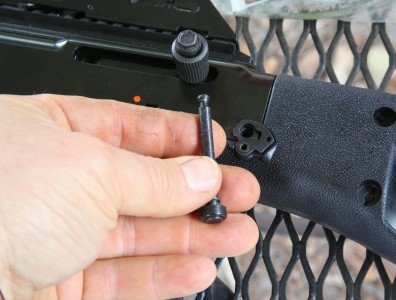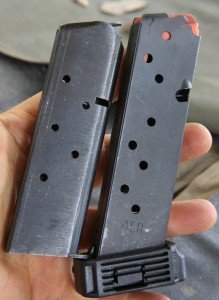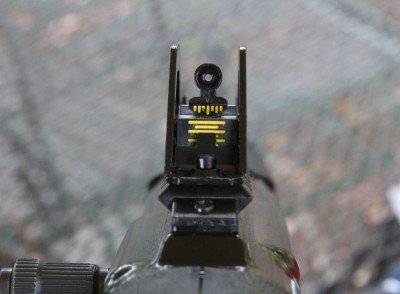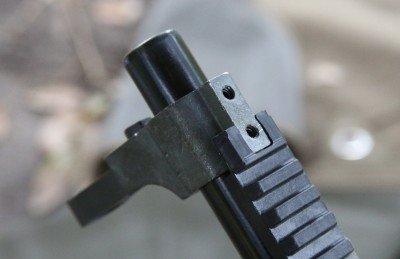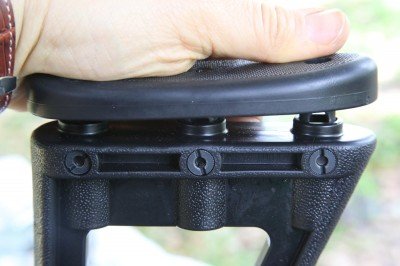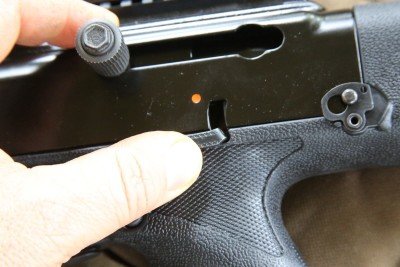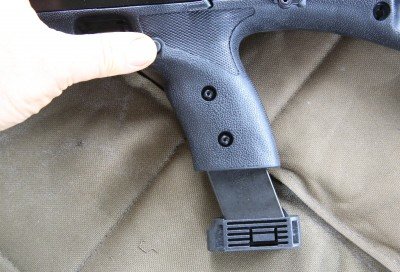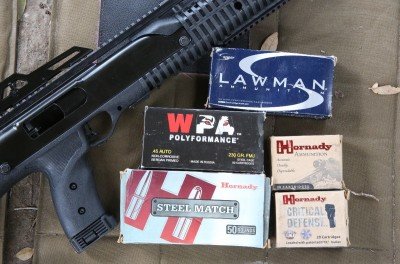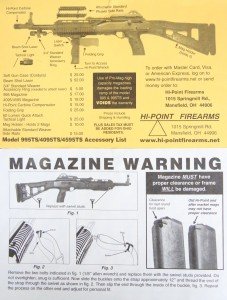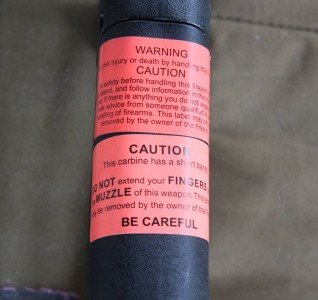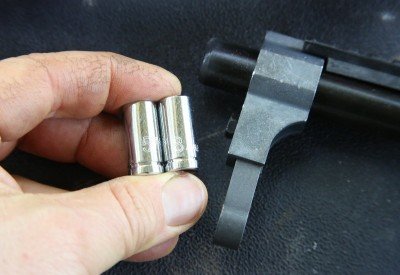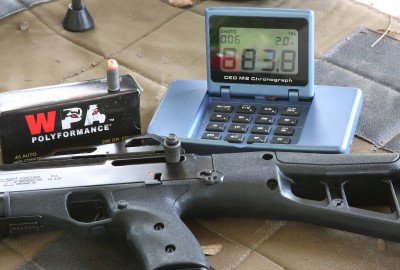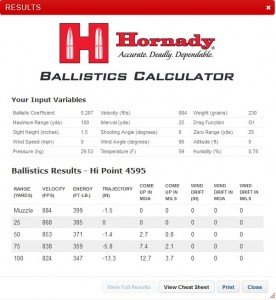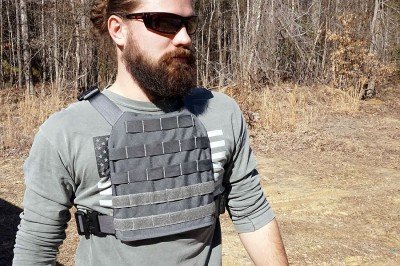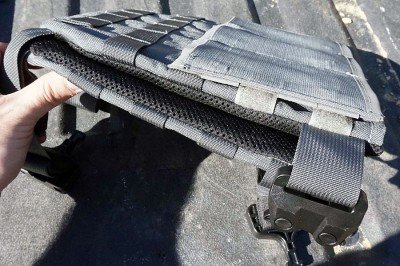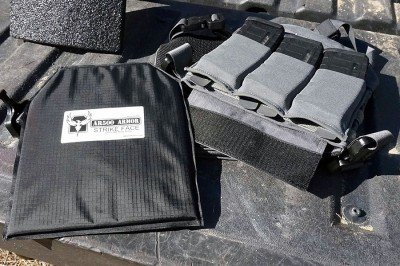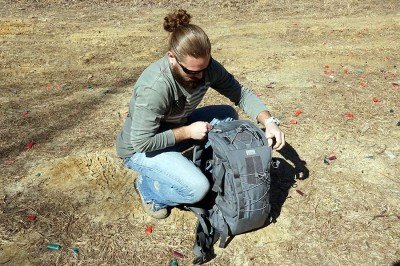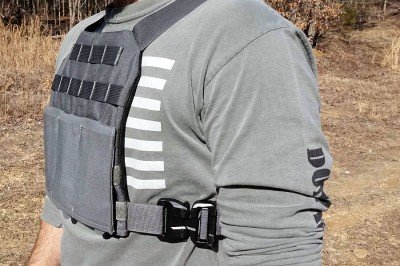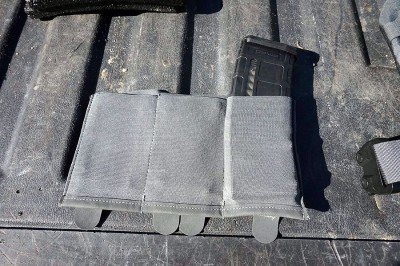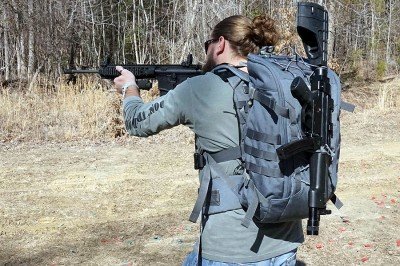Ammo Test: Remington’s Ultimate Defense 38 Special +P

For the first couple episodes of the Great GunsAmerica Ammo Adventure, we looked at some interesting rifle rounds: the new Sig Sauer 300 Blackout Match Subsonic and Doubletap’s new 6.8 Remington SPC 90 grain Bonded Defense. They’re both really interesting, and if you consider the results, high-performance rifle cartridges. Now it’s time to drift into every day carry territory. For the next few episodes, we’ll take a close look at really common caliber options that make up a large proportion of concealed carry firearms.
This week’s feature is the Remington Ultimate Defense 38 Special +P 125 grain. If you look at the new Ultimate Defense bullets, they might seem familiar. They share the design of the famous Golden Saber projectiles. One difference you may encounter in the product family is that Remington is developing some loads optimized for short barrel handguns. Projectiles for the Compact Handgun loads are intended to expand more easily at lower velocities generated from shorter barrel guns.
I’ve got a number of calibers in the Remington Ultimate Defense lineup ready for testing, and from my observation, the product line seems to focus primarily on standard weight and standard pressure loads. This one is a +P, but all the others I have so far are normal pressure. Why? I would presume controllability. Standard pressure rounds will offer less recoil snap, less muzzle rise, and the ability to get back on target more quickly after each shot.
Shootin’ the Jello
Before I talk about gelatin test results, I need to do some housekeeping for the Great GunsAmerica Ammo Adventure Series. We’ll test everything for velocity, function, accuracy, and performance in ballistic gelatin. When it comes to gelatin testing, we’re going to establish some testing rules for every load. The idea is to offer a consistent load to load comparison based on anticipated real world defensive scenarios. When the FBI or police departments test ammo, they test lots of scenarios that are far less likely to be used in a self-defense situation. While it’s possible that self-defense shots may need to go through a car window, door or other barrier, we’re going to focus on the most common situation: shooting through clothing barriers.With that said, the most consistent way to do this is to use the exact FBI testing scenario for fabric layers. The new “heavy clothing” protocol is:
1 layer of cotton t-shirt material (approximately 5.25 ounces per yard, 48 threads per inch)
1 layer of cotton shirt material (approximately 3.5 ounces per yard, 80 threads per inch)
1 layer of Malden Mills Polartec 200 fleece
1 layer of cotton denim (approximately 14.4 ounces per yard, 50 threads per inch).
For evaluation of personal defense ammunition, I like this medium. While nothing in the lab can replicate real world variables, this is a pretty likely scenario for the armed civilian market. Over years of testing, I’ve also found that medium to heavy fabric barriers like this can make all the difference. Virtually any projectile will penetrate and expand properly in bare, uncovered ballistic gelatin. When you add a clothing barrier, things tend to get inconsistent quickly.
For these tests, I’m using Clear Ballistics 10% gelatin packaged in 6” x 6” x 16” blocks and shooting at them from a distance of ten feet. The heavy fabric clothing barrier is wrapped around the front of the block, but not stretched.
At the time of this test, there was no Compact Handgun version of the .38 Special +P load on the market. I’m not yet sure if Remington will produce one or not. Most boxes in the Ultimate Defense line have no marking indicating intended use, but I’m starting to see some marked with “Full-Size Handgun” or “Compact Handgun.” We’ll have to see, but right now, it’s a little confusing with three different package labels floating around the retail shelves.
I first fired five shots into a fresh gelatin block covered with the four-layer heavy fabric. Three of the five rounds expanded while two showed minimal expansion. Note the dramatic wound tracks in the photos. All five rounds passed completely through the 16” gelatin block, so if anything, penetration might have been a little more than expected.
Just for fun, I fired five more shots into a fresh bare gelatin block. All of the rounds expanded in this scenario, and four of the five exited the back of the block. The fifth penetrated about 15 ½ inches.
I didn’t bother to place a second block behind the first to measure exact penetration depth because, quite frankly, I didn’t expect more than 16 inches of penetration if expansion occurred. However, the rounds that passed through were mostly spent so you might assume average penetration in the 17-inch range, give or take.
I weighed the expanded bullet here and it kept the vast majority of its pre-shot weight with 124.3 grains.
Velocity and accuracy
Doing formal accuracy testing with .38 Special ammo that would likely be used from a snub-nosed revolver at a distance measured in feet is a bit silly. But just for fun, I set up a target and 15 yards down range and fired some groups from a sandbag rest using the Ruger LCR 357 revolver shown in the pictures here. Even with a very rough sight picture with the LCR’s channel rear sight, I shot fired some 5-shot accuracy groups. To reduce the effect of sight picture and user error, I measured the best 3 in a number of 5-shot groups. Bottom line? This ammo, fired from the Ruger LCR 357, hits right at the point of aim and grouped into a hair less than one-inch. Excellent. I’m not making claims here about the mechanical accuracy of this ammo or the gun that fired it. Rather, I’m verifying that shots are going to go right where you would expect on a consistent basis.Even as a +P loading, the was a tame round to shoot. As I mentioned earlier, I think that’s part of Remington’s strategy with this series.
I set up a Shooting Chrony Beta Master chronograph 15 feet downrange and fired 10-shot strings to capture velocity and get some indication of variance between rounds.
Average Velocity: 878 feet per second
Slowest: 833.9 fps
Fastest: 916.9 fps
Extreme Spread: 83 fps
Standard Deviation: 30.34
Velocity was right what I expected. The Remington website claims 975 feet per second, but it also derives that measurement using a 4-inch barrel. Lose two inches of barrel length, with about a 50 feet per second velocity reduction per inch, and we’re right on target.
This round worked well in a snub-nose revolver. Based on its performance in a 1 ⅞” barrel, I would expect even better performance in a home defense gun with a 3 or 4-inch barrel.

